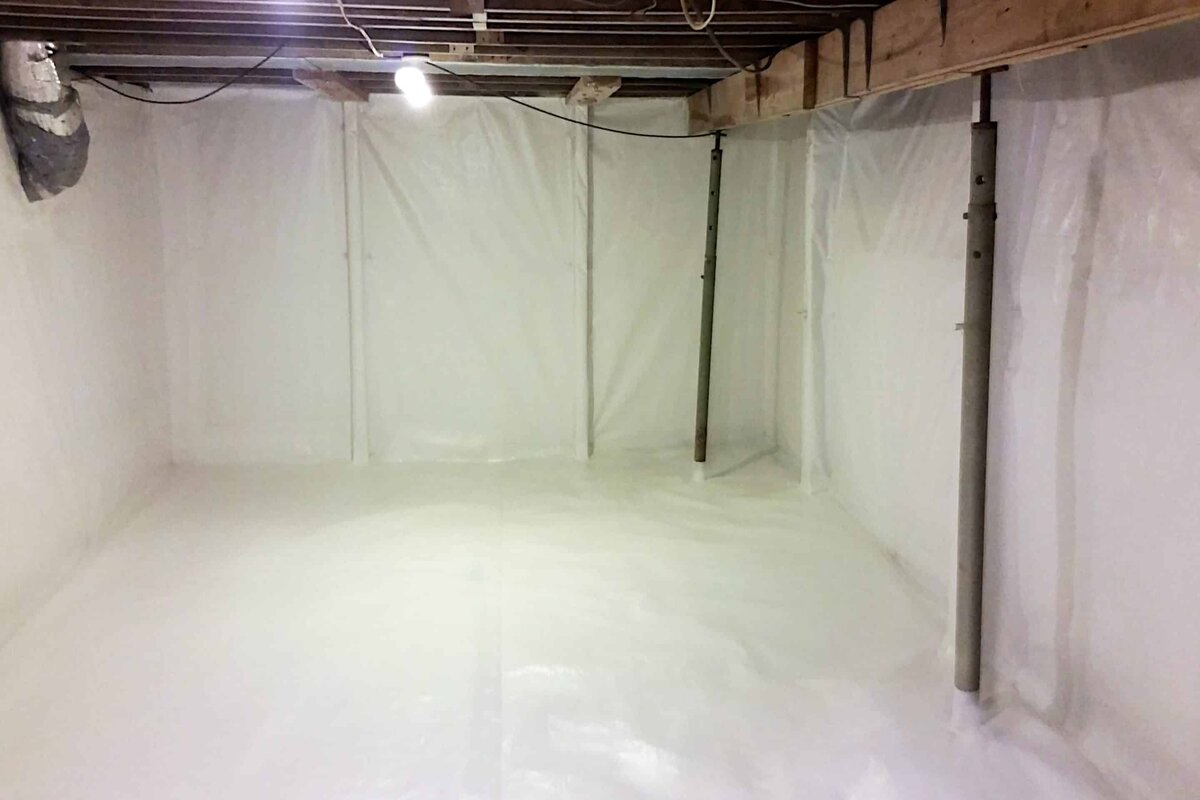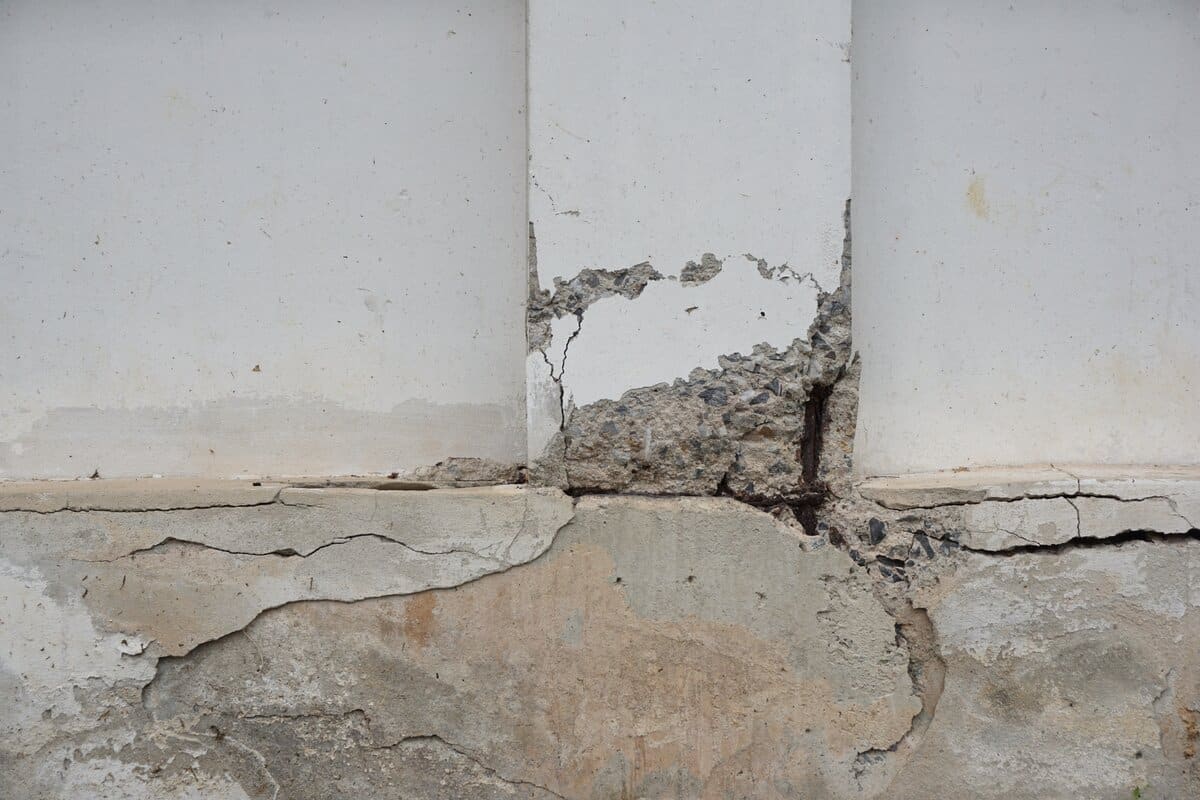Uneven concrete surfaces can lead to safety risks, water drainage problems, and costly long-term damage. Whether it’s a sunken driveway, patio, or sidewalk, these issues are often caused by shifting soil, erosion, or poor compaction during construction. Fortunately, concrete leveling offers a fast and cost-effective way to lift and stabilize these surfaces without tearing them out and replacing them. Here’s how the process works and what to expect.
What is Concrete Leveling?
Concrete leveling is a process that lifts and stabilizes sunken concrete slabs by injecting a specialized material beneath them. This method restores the surface to its original position without the need for full replacement. It is a minimally invasive, long-lasting solution that is commonly used for driveways, sidewalks, patios, garage floors, and basements.
The Concrete Leveling Process
Concrete leveling follows a precise method to ensure the best results. Here’s how it works:
1. Drilling Small Holes
The first step involves drilling a series of small, uniform holes into the affected concrete slab. These holes allow for the injection of the leveling material and are strategically placed to achieve even lifting. Since the drilled areas will be patched later, their uniformity is important for a clean final appearance.
2. Injecting Polyurethane Foam
Once the holes are drilled, polyurethane foam is injected beneath the slab. This foam starts as a liquid but expands rapidly upon mixing with its other chemical component, transforming into a dense, lightweight material. This expansion fills any voids in the soil beneath the concrete and gently raises the slab back to its original level.
3. Allowing the Material to Cure
Polyurethane foam hardens within minutes, creating a stable and long-lasting support system for the concrete. This means that, in most cases, the surface can be used again shortly after the leveling process is completed.
4. Sealing the Holes
After the concrete has been raised, the drilled holes are filled with a patching material that blends with the existing concrete. This final step ensures a clean and uniform finish, making the repairs almost unnoticeable.
Importance of Addressing Underlying Issues
While concrete leveling can fix sinking slabs, addressing the root cause of the problem is just as important. If underlying issues like poor drainage, improper grading, or soil erosion are not resolved, the problem can return. Some common causes include:
- Overflowing gutters: Excess water can wash away the soil beneath the concrete, creating voids that lead to sinking.
- Short downspouts: If water is not directed far enough away from the house, it can weaken the soil foundation under the slab.
- Poor grading: If the land around your home does not slope correctly, water will collect around the foundation and cause erosion.
Ignoring these issues may result in needing to level the same concrete multiple times. That’s why it’s crucial to fix drainage problems before or alongside the leveling process.
Applications of Polyjacking (Concrete Leveling)
Polyjacking, a term used for polyurethane foam injection, is an effective method for leveling various types of concrete surfaces, including:
- Driveways: Restores smooth, even surfaces for safer driving and parking.
- Sidewalks: Eliminates tripping hazards caused by uneven slabs.
- Patios: Creates level outdoor spaces for entertaining and relaxation.
- Garage & Basement Floors: Prevents structural damage and maintains even surfaces.
- Vertical Concrete Applications: In some cases, polyurethane can be used for stabilizing certain vertical concrete structures.
Advantages of Concrete Leveling
Compared to full slab replacement, concrete leveling offers several benefits:
- Less Intrusive: No need to tear up landscaping or remove large concrete sections.
- Cost-Effective: Less expensive than total slab replacement.
- Quick Process: Most projects take just a few hours, and the area is ready for use the same day.
- Minimal Environmental Impact: Uses less material and generates less waste than replacement.
Limitations and Considerations
While concrete leveling is a great solution for many situations, it’s not always the best option. Some limitations include:
- Severely Damaged Concrete: If the slab is cracked beyond repair, replacement may be necessary.
- Unstable Soil Conditions: If the ground beneath the concrete continues to erode, additional repairs may be needed in the future.
- Extreme Settling: Some concrete slabs may be too far gone for leveling to be effective.
In Summary
Concrete leveling is a fast, cost-effective way to fix uneven surfaces without the mess and expense of full slab replacement. By addressing the root causes of settling, we can ensure long-lasting results. If you have sinking concrete on your property, contact us today to learn how we can help restore safety and functionality to your space.




